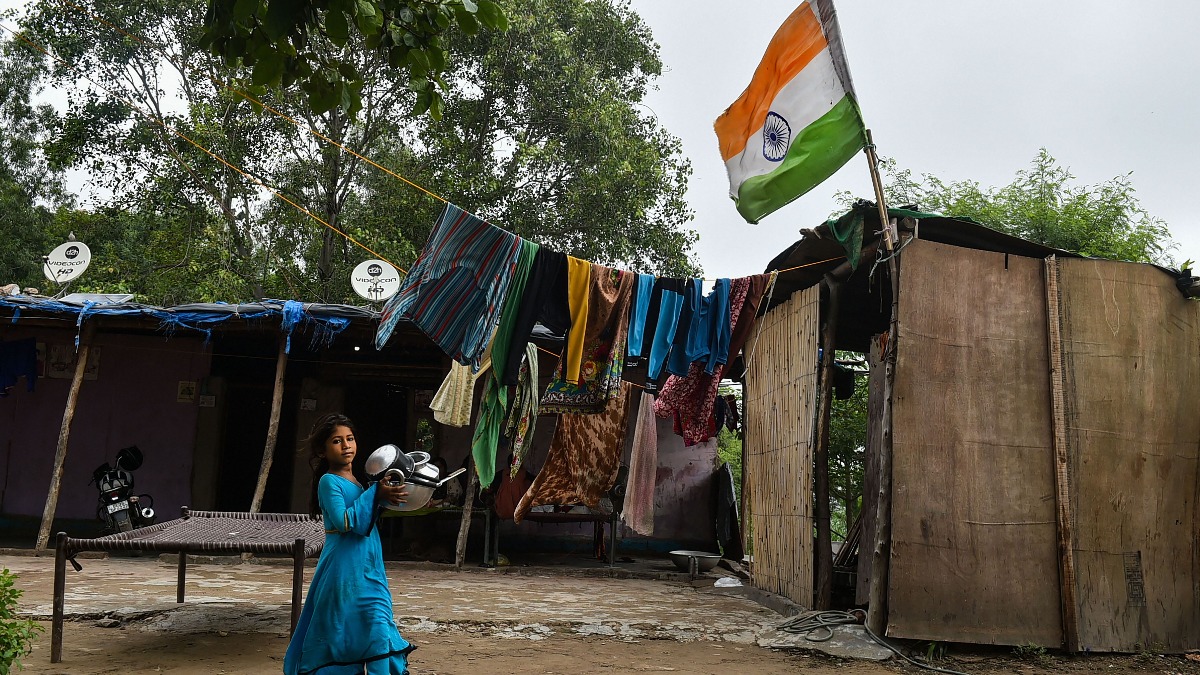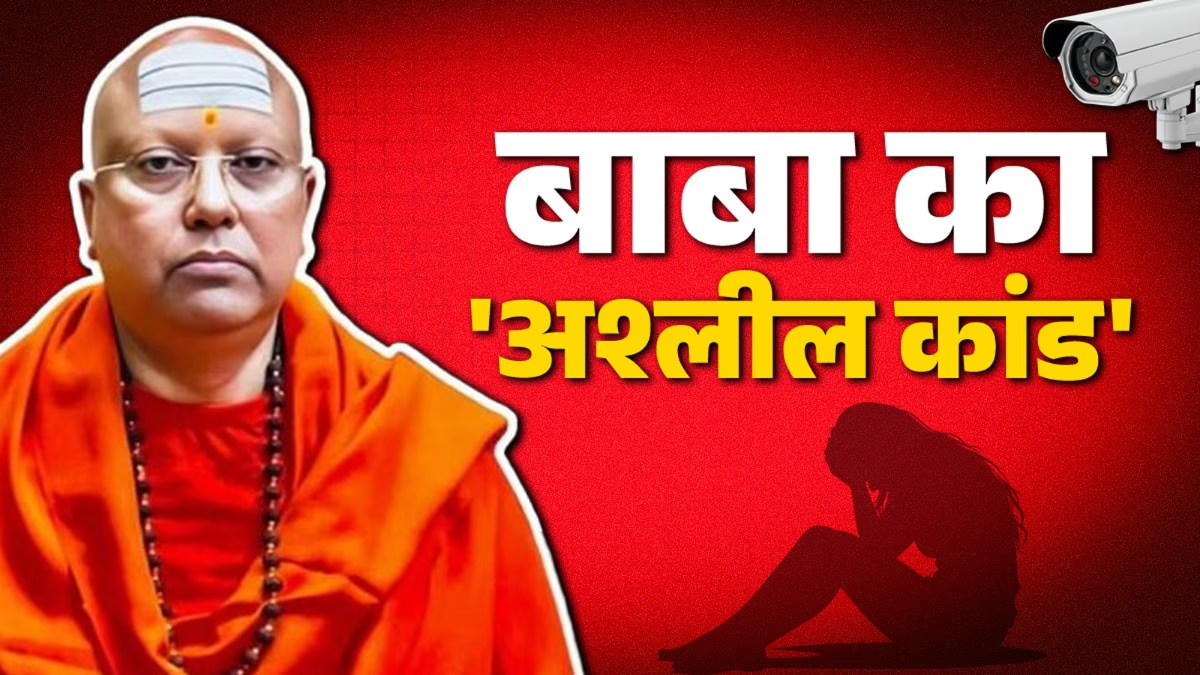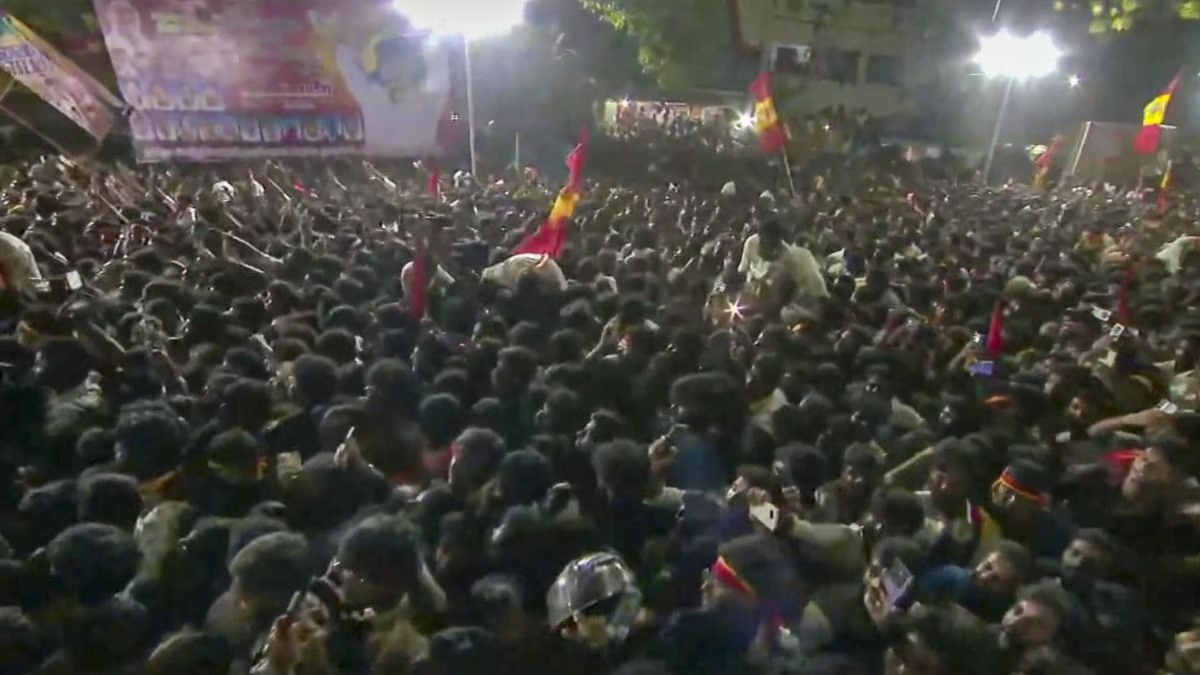Just before the Lok Sabha elections, the central government released the notification for the Citizenship Amendment Act (CAA) rules on Monday. As a result, the CAA is now in full force across the country.
The Citizenship Amendment Bill was passed by both houses of the Indian Parliament in December 2019. Nearly four years later, its rules have been introduced. Under these, non-Muslims from Pakistan, Bangladesh, and Afghanistan will be cleared for Indian citizenship.
According to the law, non-Muslim refugees from these three neighboring countries who belong to Hindu, Sikh, Buddhist, Jain, Christian, and Parsi religions and who had settled in India on or before December 31, 2014, will be granted Indian citizenship. They can receive this citizenship even without any valid documents or visa.
After the notification's release, Union Home Minister Amit Shah mentioned that minorities who have suffered religious persecution in Pakistan, Bangladesh, and Afghanistan and have come to India will be granted citizenship.
Until now, for any foreigner to obtain Indian citizenship, they had to spend at least 11 years in India. With the exception of non-Muslims from these three countries, all other foreigners of all religions must still spend the full 11 years. However, thanks to the CAA, minorities from these countries will now be eligible for citizenship in just six years, as opposed to eleven.
When the amended bill was presented in Parliament by Home Minister Amit Shah in December 2019, he stated that the population of religious minorities in Pakistan and Bangladesh had been reduced to 20%. He claimed these minorities were either killed, forced to convert, or had to flee to India.
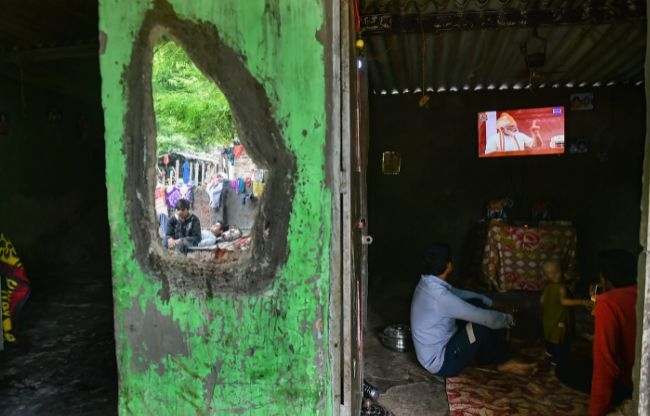
Source: aajtak
Is the population of non-Muslims declining?
Pakistan, Bangladesh, and Afghanistan are all Muslim-majority countries. It is often claimed that the population of non-Muslims in these countries is rapidly decreasing.
But is that really the case? Let's delve into the numbers. Starting with Pakistan, post-partition in 1947, it was divided into two parts, West Pakistan and East Pakistan (now Bangladesh).
In the 1951 census, non-Muslims made up 14.2% of Pakistan's population, with only 3.44% in West Pakistan and 23.2% in East Pakistan. After Bangladesh's independence, Pakistan's 1972 census showed non-Muslims accounted for 3.25% of the population. By 2017, this had slightly risen to 3.53%. Non-Muslims here include Hindus, Christians, Sikhs, Ahmadis, and others.
In Bangladesh, the non-Muslim population has dropped significantly from 23.2% in 1951 to 9.4% in 2011. Reports from Al Jazeera suggest that in the 1970s, Afghanistan was home to over 700,000 Hindus and Sikhs, yet now less than 7,000 remain. A 2018 US State Department report found only 700 Hindu and Sikh families in Afghanistan. Many non-Muslims returned to India due to the tumultuous conditions there. Today, less than 0.3% of Afghanistan's population is non-Muslim.
What's the status of these minorities?
Despite constitutional rights and freedoms to practice their religion, the status of non-Muslims, particularly in Pakistan and Bangladesh, is concerning. Escalating violence and dispossession underscore the fraught circumstances faced by these religious minorities.
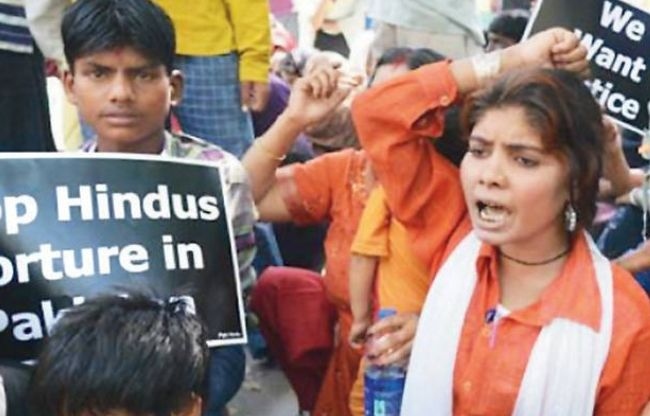
Source: aajtak
Frightening tales of minority persecution!
Incidents of temple desecration, forced conversions, and targeted violence against non-Muslims in these countries are alarmingly frequent. Pakistan, in particular, has seen spiraling conditions, with systemic disenfranchisement and aggression towards religious minorities. Reports from the Hindu American Foundation and the US Religious Freedom Report reveal a dire situation for these vulnerable groups.
